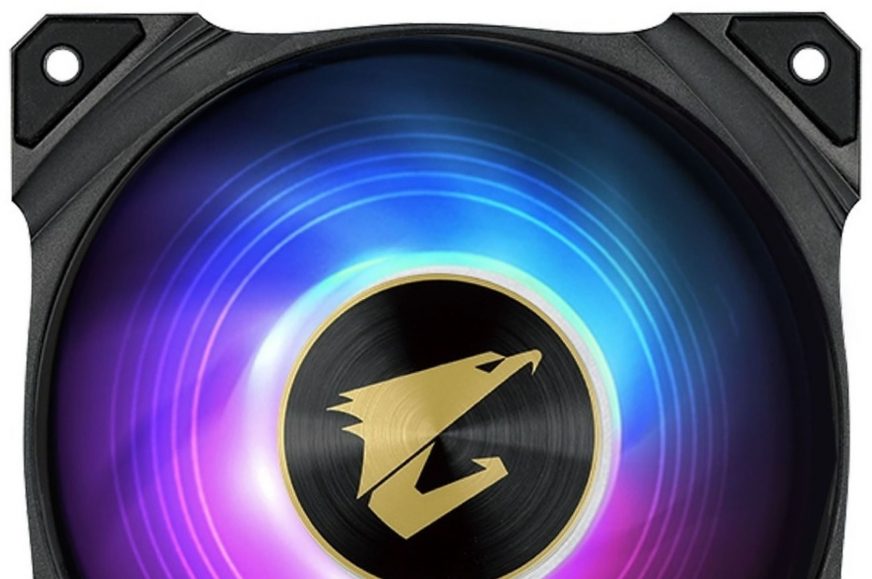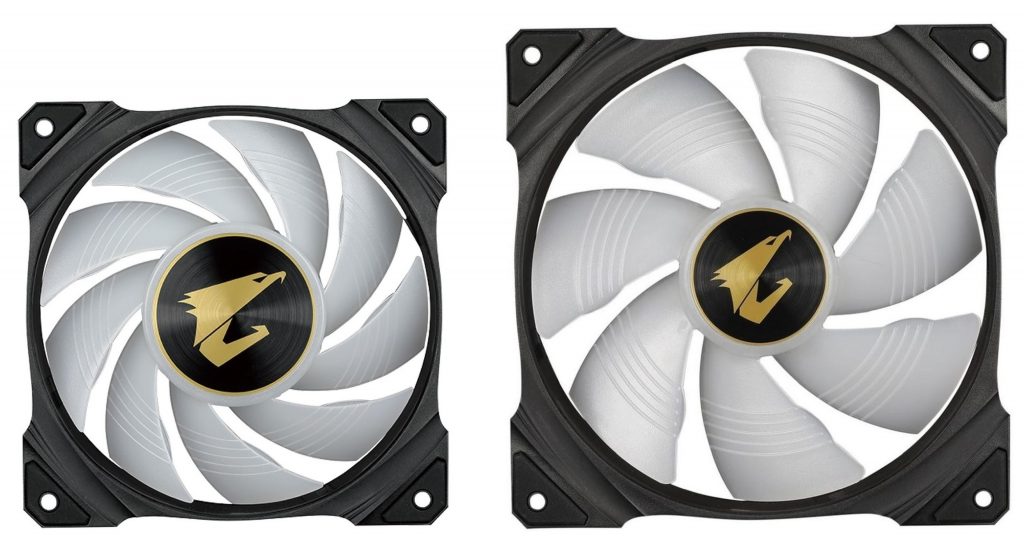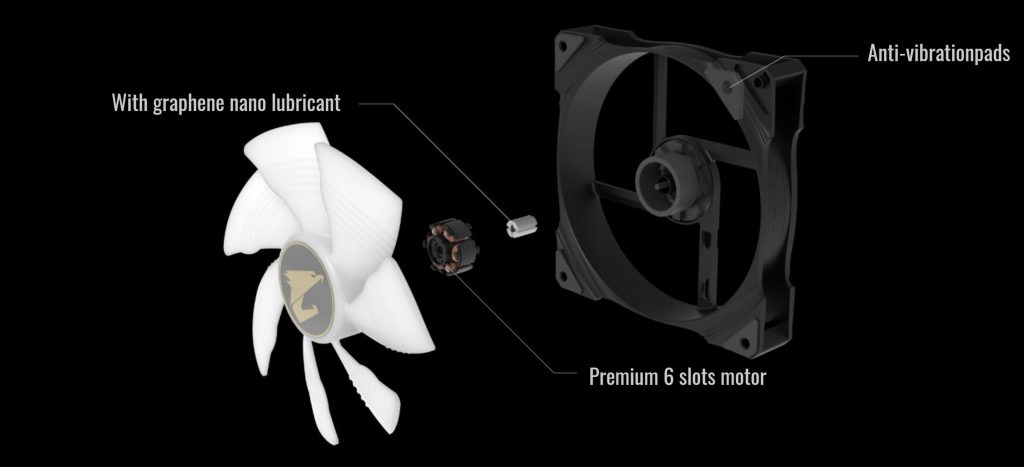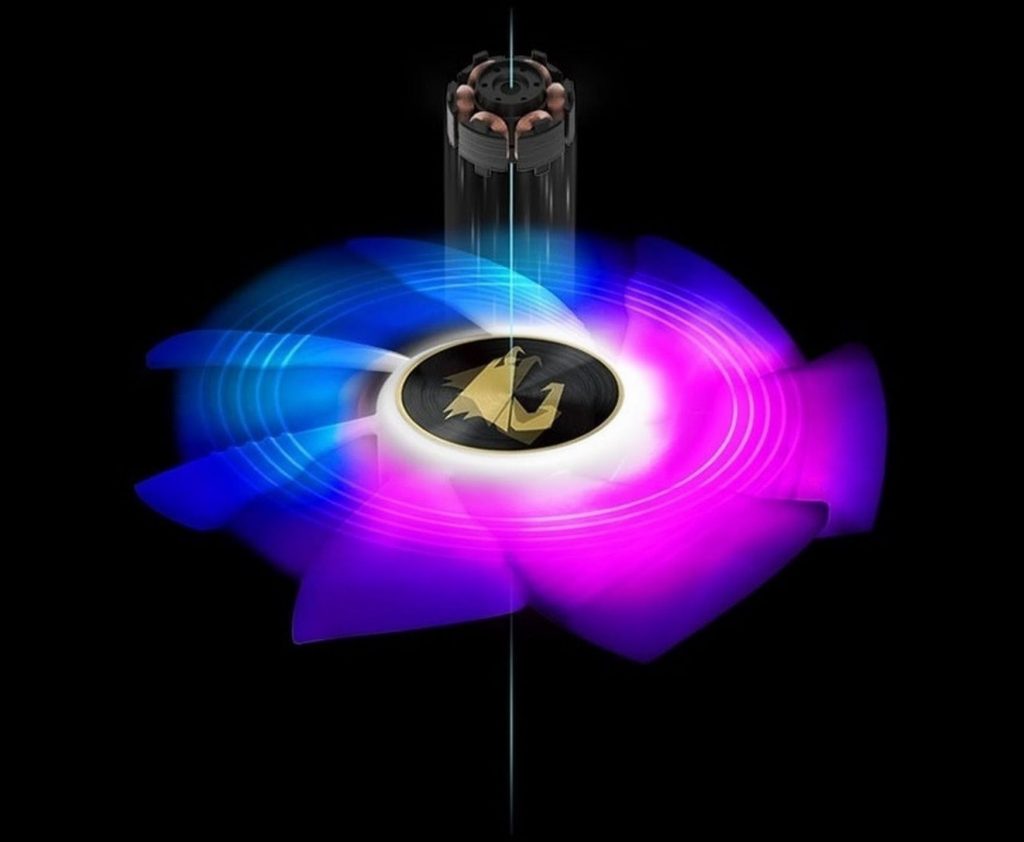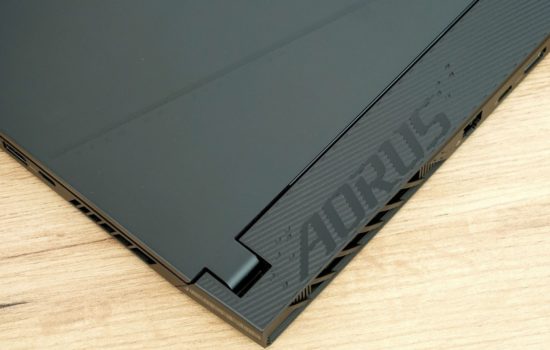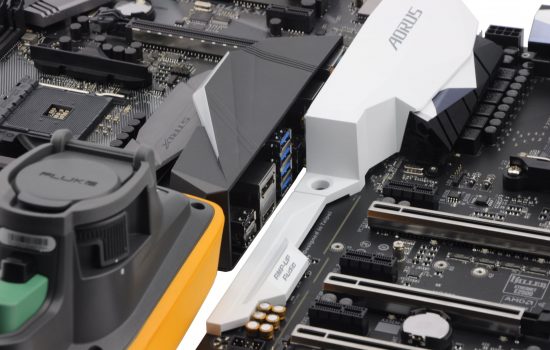Gigabyte enters the fan market, with one 120 mm and one 140 mm model
Gigabyte will sell the Aorus fans as standalone products. News of this surfaced earlier this summer, at the launch of the new AIO coolers , but now it’s all in black and white. And admittedly, this may not be a “fancier” hardware category (Aorus). The motors have three-phase torque, a lubricant with supposedly superior durability, and finally, the rotor design looks sensible.
It was probably only a matter of time before Gigabyte started selling the fans from its liquid coolers separately. With gradual tuning, they have reached a level where they can be interesting even for demanding users.
It is noteworthy that during this year fans under the brands Asus ROG (Strix XF120), MSI MEG (Silent Gale 12) have also made their debut. Gigabyte thus “completes the circle” within the companies that compete fiercely in the field of motherboards and graphics cards with the Aorus 120 and 140 RGB fans. As for the fans, they each tackled those in a slightly different way. Only these from Gigabyte, for example, have ARGB LED lighting (i.e. digital, with a 3-pin connector). This may seem like an insignificant thing, but such, shall we say, added value in the eyes of ordinary consumers definitely increases the attractiveness.
However, Gigabyte is definitely not betting on visual effects alone. The rotor blades have a centered wing on the leading edge, behind which is a row of lugs. This to improve laminar flow. The shape of the rotor does vary a bit with respect to the fan format though. While the 120mm models have nine narrower (and more curved) blades, the 140mm has “only” seven blades, but with more surface area.
The speed ranges are the same across the two formats (800-1700 rpm). The Aorus 120 fan should achieve an airflow of 31.5-69.3 m³/h and a static pressure in the range of 0.37-1.48 mm H2O. The larger model promises almost 50% higher flow rate (103 69.3 m³/h), but this naturally comes at the price of higher noise level, by 7.4 dBA. The static pressure of the Aorus 140 ARGB is supposed to be 2.18 mm H2O for maximum speed.
Gigabyte makes no secret of the fact that its fans use plain bearings and somehow doesn’t modify their name for the purpose of greater attractiveness. Still, they claim to achieve the durability of ball bearings, while at the same time making less noise. This is supposed to be due to the “graphene” lubricant, which both doesn’t dry out as quickly and achieves lower friction.
The better lubricant condition should thus ensure a longer service life (compared to conventional fans with plain bearings, we are talking about roughly double, 73,500 hours). And if even that low friction is really achieved, then naturally the noise level is also reduced somewhat, especially at low speeds, where the aerodynamic noise no longer speaks too much and the sound of the bearings starts to penetrate more. At 800 rpm, the fan should be 1.5 dBA quieter than with a double ball bearing.
Also attractive on Gigabyte fans is the 6-pole motor, which few computer fans have. These include, for example, the BeQuiet! Silent Wings 3, and Noctua only uses such a design on “industrial” ones. The advantage over the 4-pole is in smoother operation, which means, among other things, that it needs less force to spin (potentially less power) and due to the lower vibration there is also a lower final noise, which with fans mounted in the case or even on the radiator of the cooler increases with the intensity of vibration. This is then dampened by the rubber pads in the corners of the fans.
Gigabyte hasn’t disclosed the price yet, we don’t even have information about availability in stores, but one thing is for sure, the Aorus 120 ARGB and 140 ARGB won’t escape our wind tunnel.
English translation and edit by Jozef Dudáš





